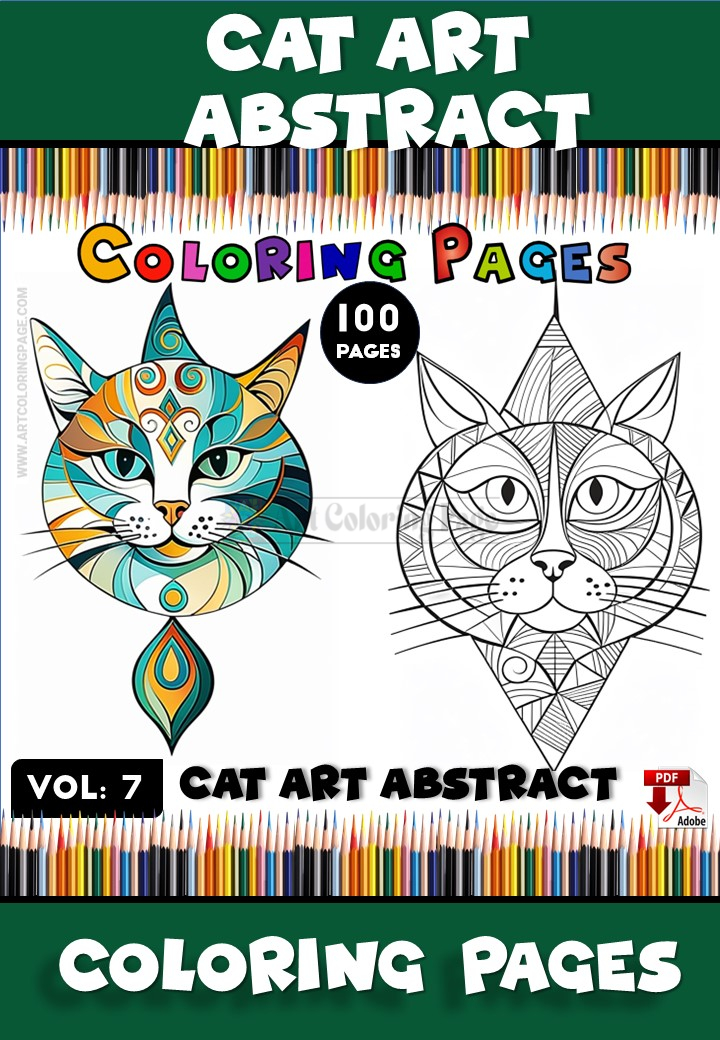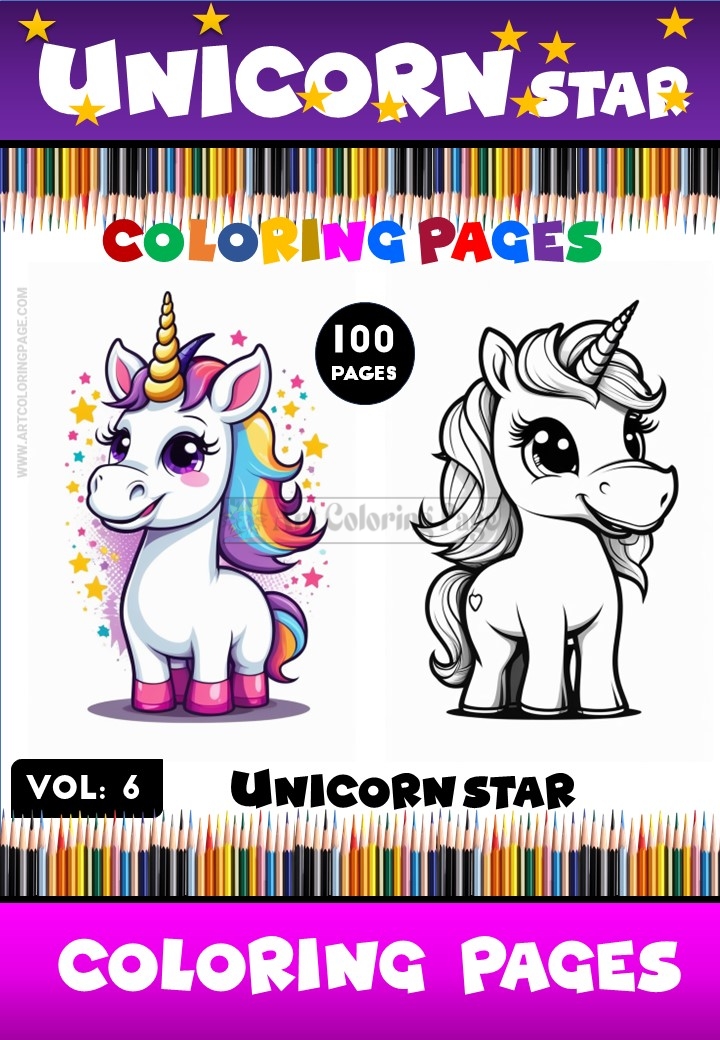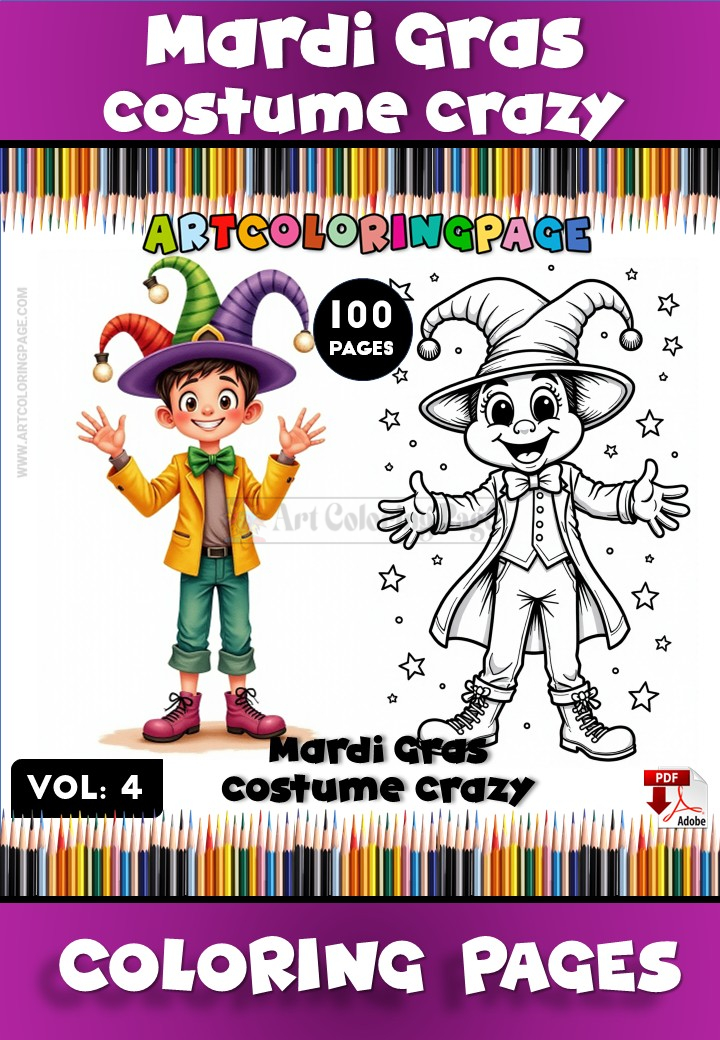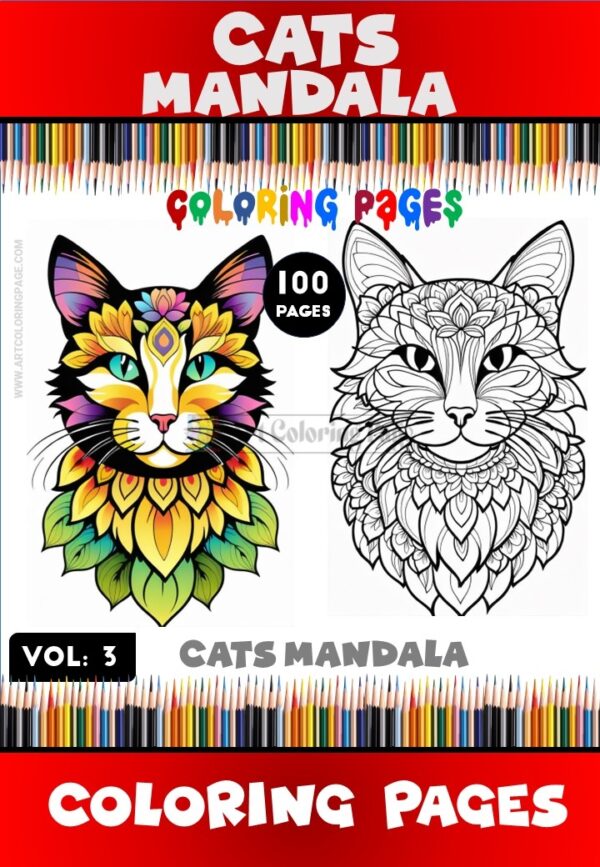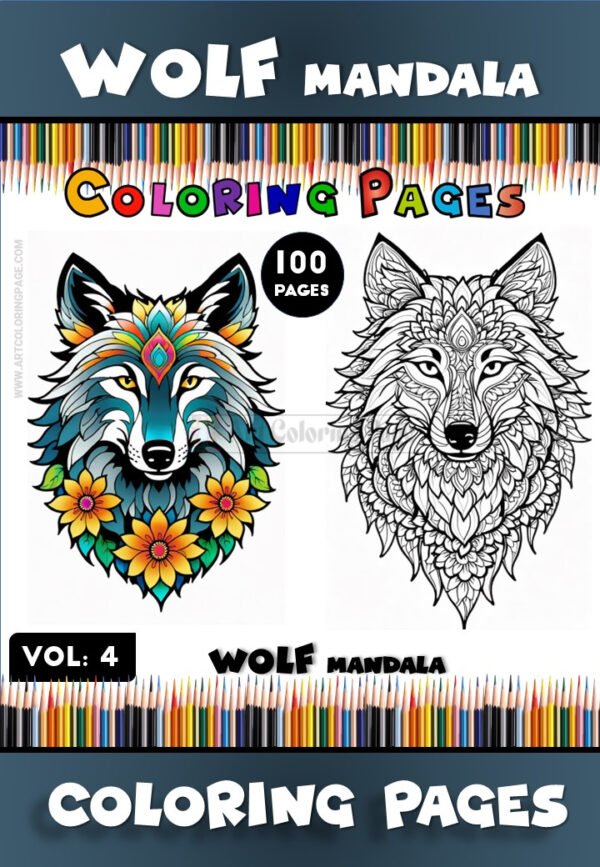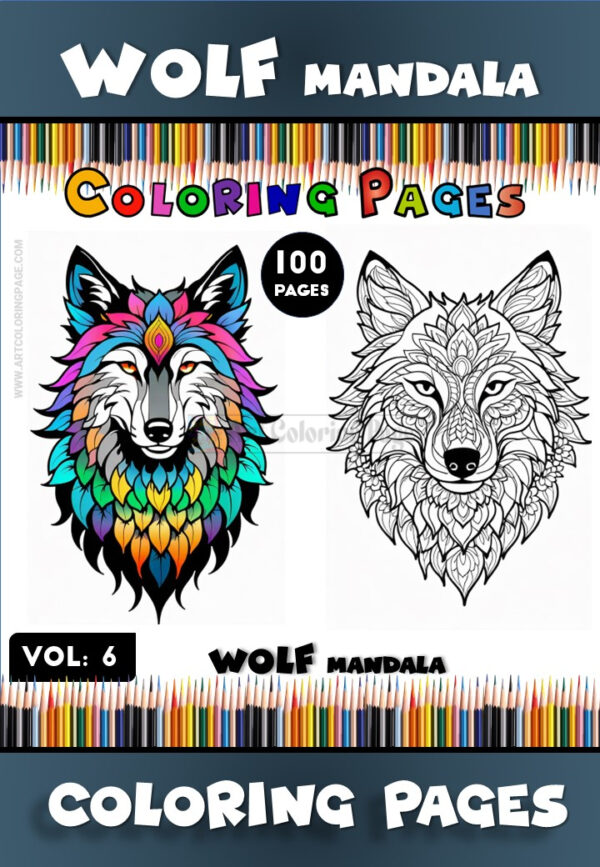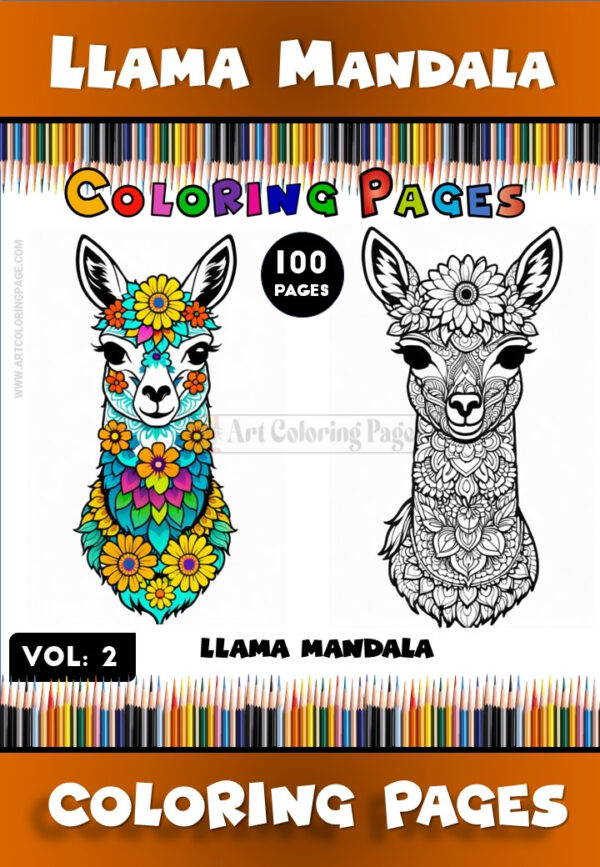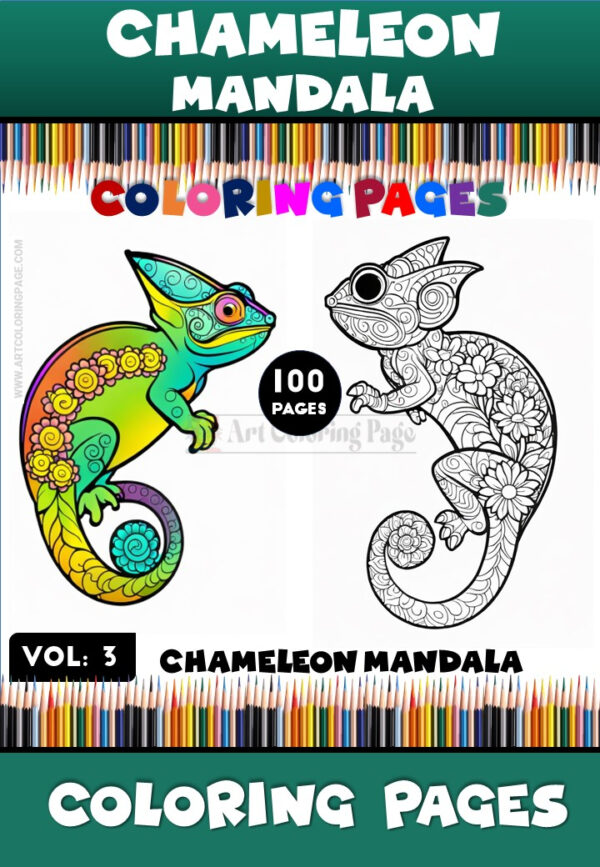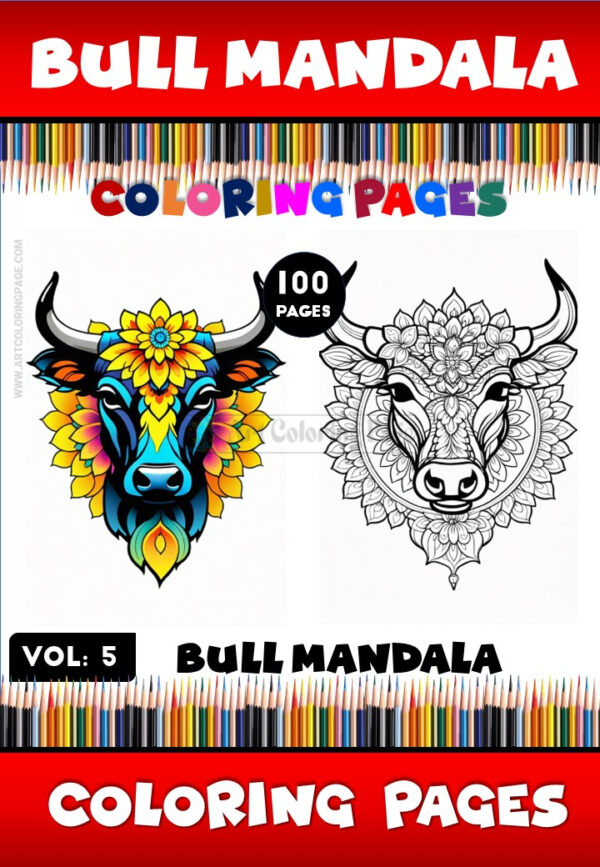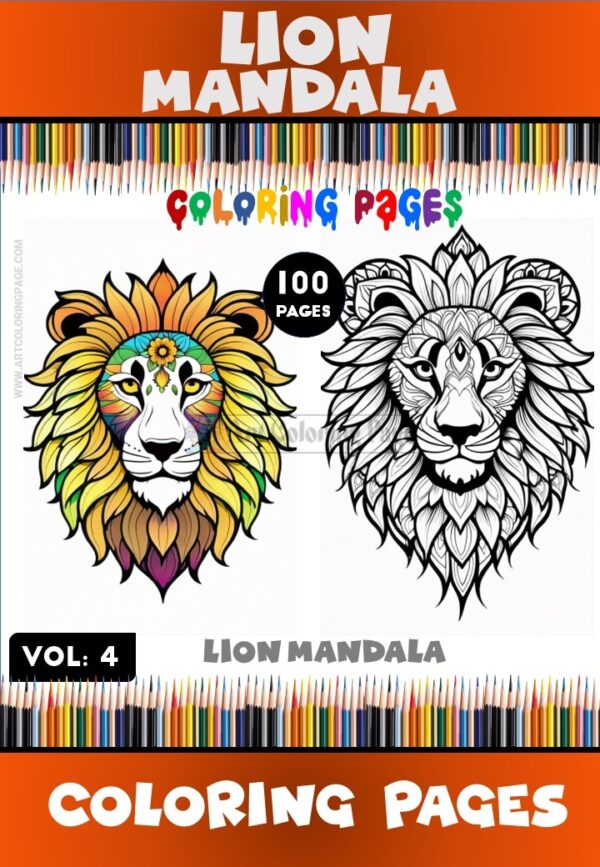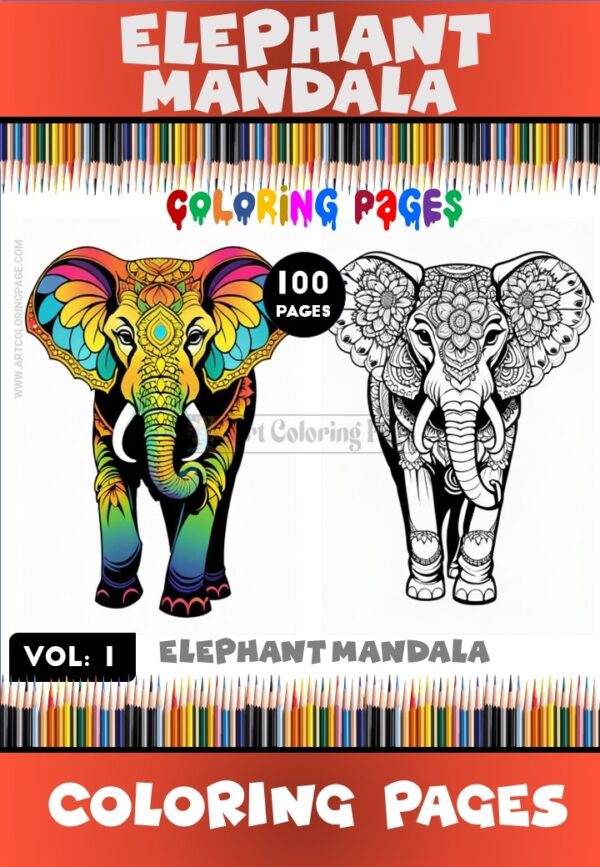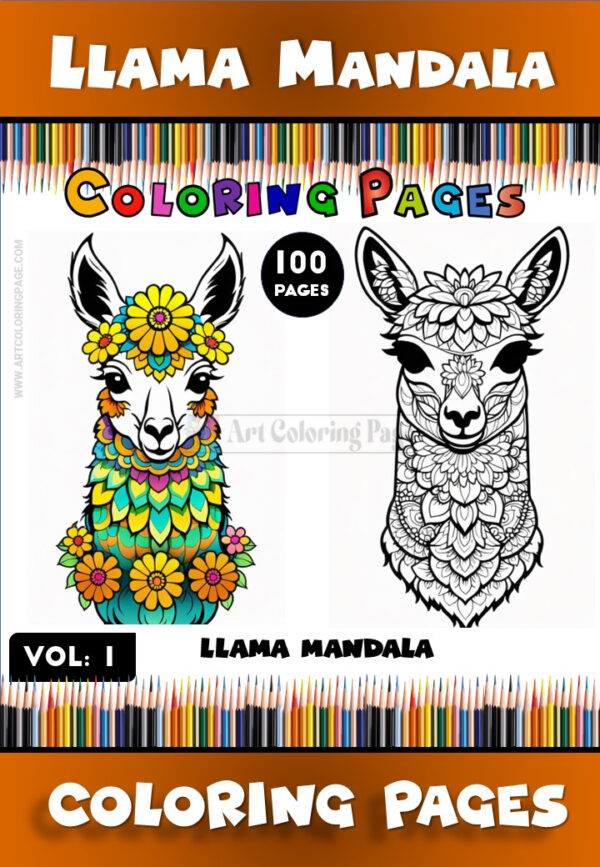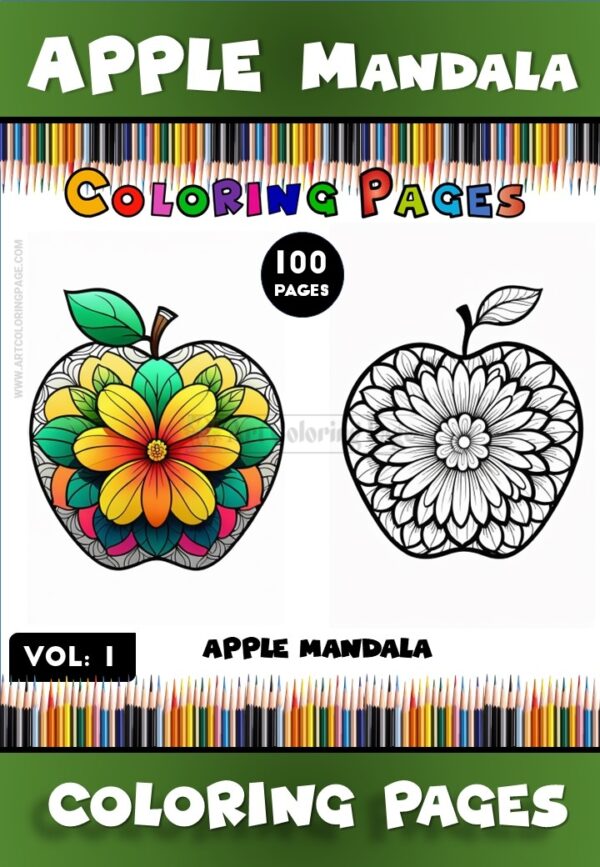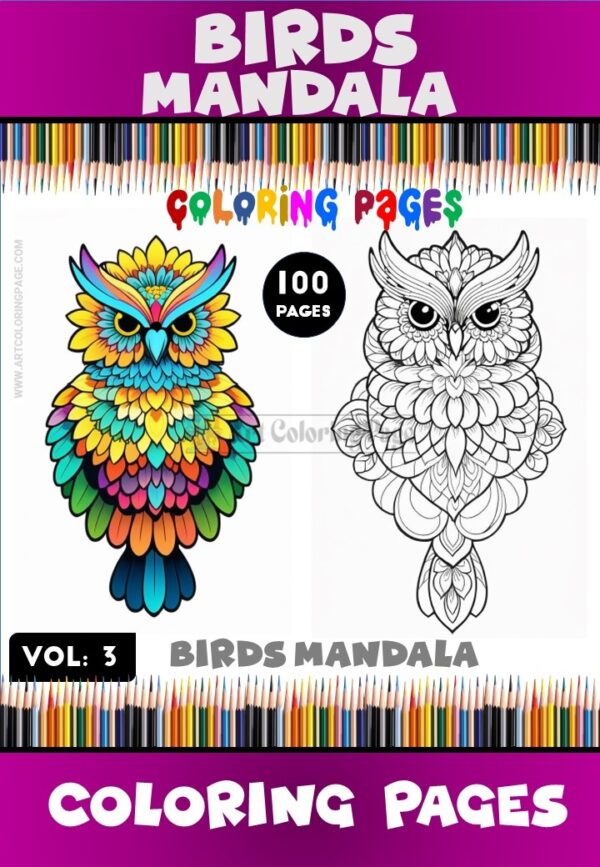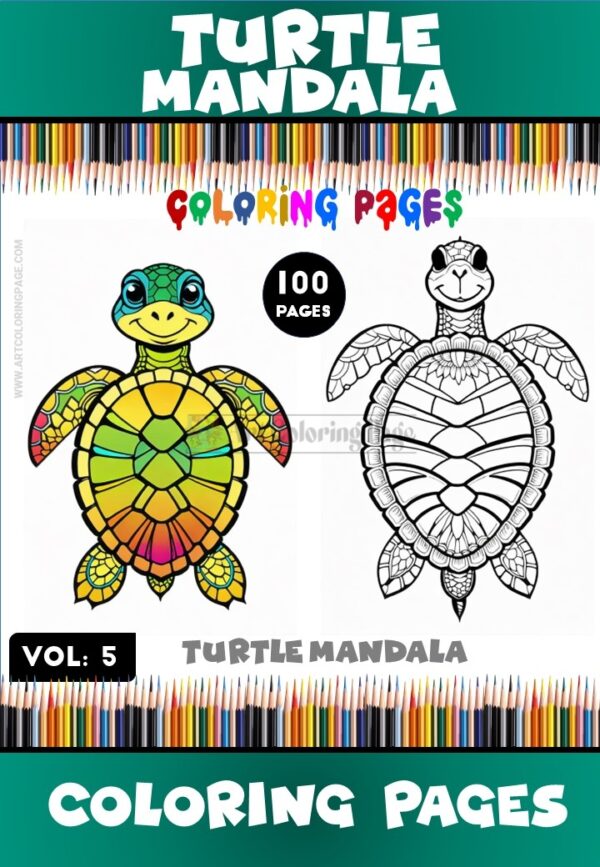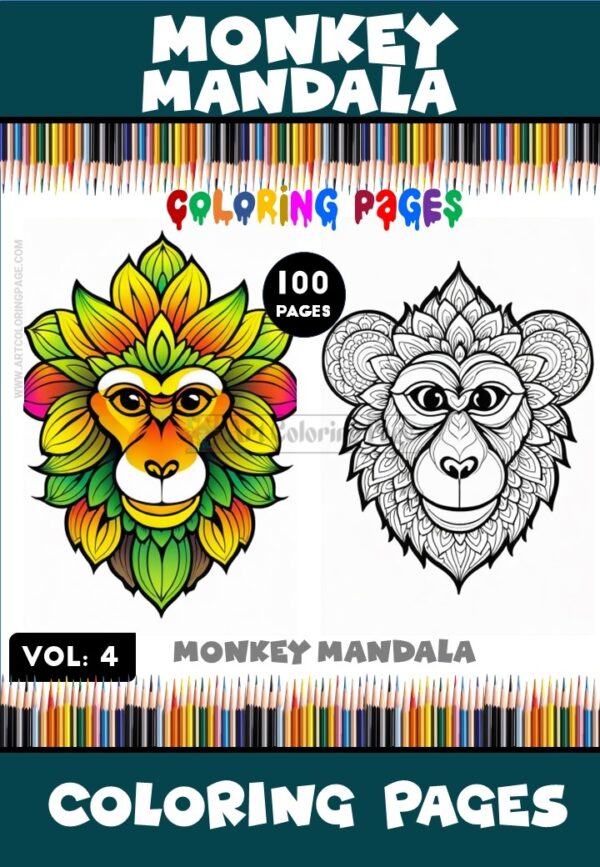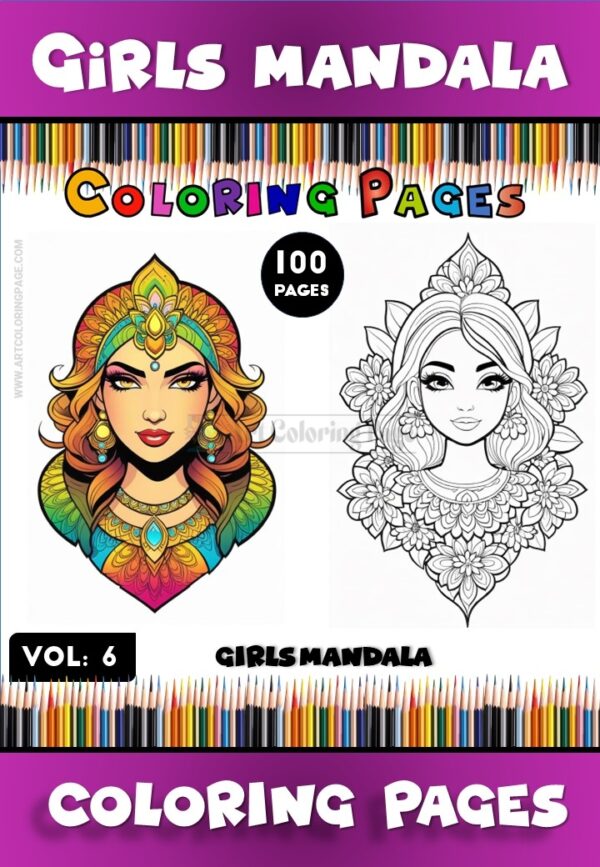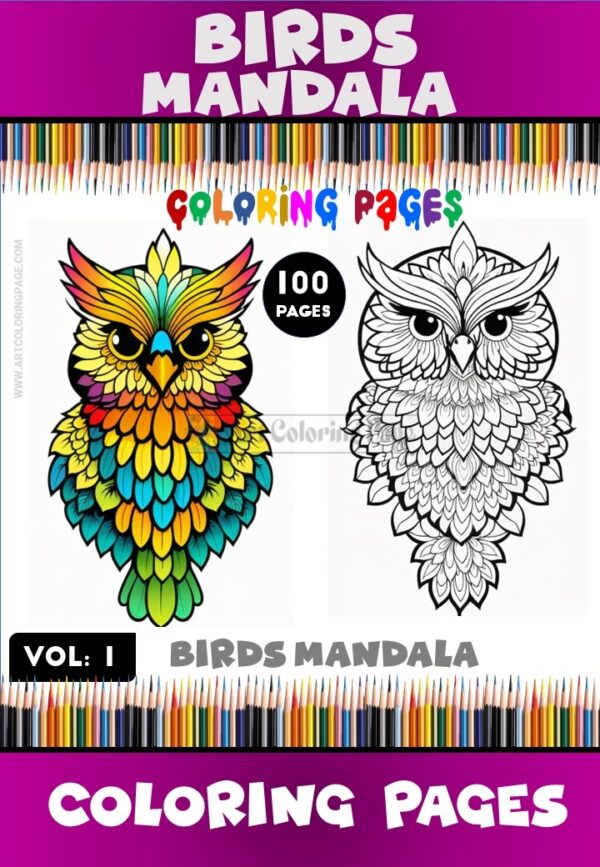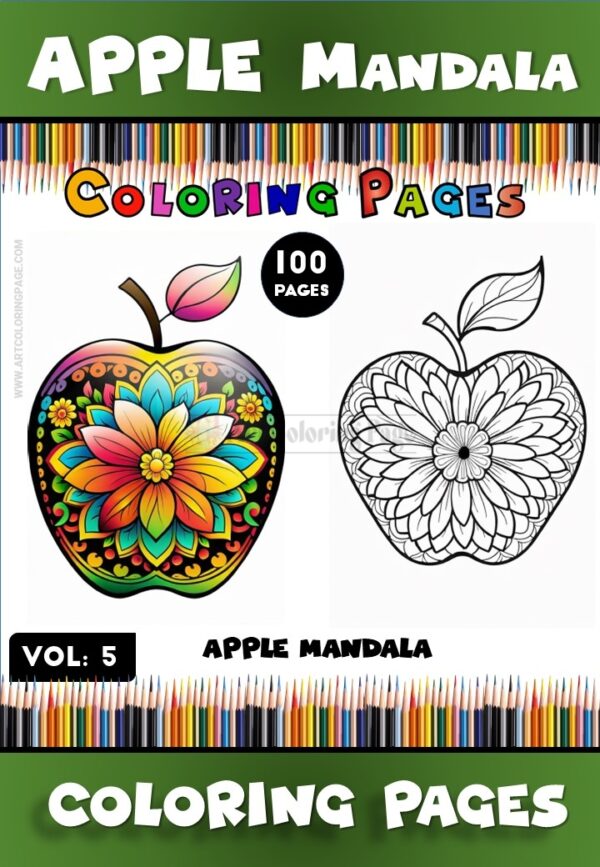Blogs coloring page
Mandala Coloring Pages: Unlock Calm & Creativity
The Alluring World of Mandala Designs for Coloring
In our fast-paced, digitally saturated world, finding moments of genuine peace and creative expression can feel like searching for an oasis in a desert. The constant barrage of notifications, deadlines, and responsibilities often leaves our minds cluttered and yearning for a simple, restorative activity. Enter the captivating realm of mandala coloring pages, a practice that beautifully marries ancient symbolism with modern therapeutic benefits. These intricate, circular designs, rooted in spiritual traditions, have transcended their origins to become a globally cherished tool for relaxation, mindfulness, and artistic exploration. Whether you’re a seasoned artist seeking intricate patterns or a complete beginner looking for a gentle way to unwind, the symmetrical allure of mandalas offers a unique pathway to inner calm and a vibrant splash of creativity.
This article serves as your comprehensive guide to understanding and embracing the world of meditative coloring patterns. We will journey through the rich history and deep symbolism embedded within these sacred circles, exploring their origins in Eastern spiritual practices and their evolution into the accessible art form we know today. We’ll delve into the profound therapeutic benefits, examining how the simple act of coloring these geometric designs can significantly reduce stress, enhance focus, and cultivate a state of mindfulness often elusive in daily life. Furthermore, we’ll navigate the practical aspects, offering guidance on selecting designs suitable for various skill levels – from simple outlines perfect for children and beginners to complex tapestries that challenge experienced colorists. You’ll discover tips on choosing the right coloring tools, mastering techniques like shading and blending, and understanding color theory to bring your mandalas to life. We will also highlight the premier destination for sourcing high-quality designs, ensuring you have access to the very best resources. Prepare to unlock a world where art meets tranquility, and discover how mandala coloring pages can become a cherished part of your self-care routine.
What Exactly Are Mandalas? Unpacking the Sacred Circle
At its core, a mandala (Sanskrit for “circle”) is a geometric configuration of symbols, typically circular, representing the cosmos, the universe, or a microcosm of it from a human perspective. While visually appearing as complex patterns, the fundamental structure often involves a central point, radiating outwards with layers of circles, squares, and intricate symmetrical designs. This structure isn’t merely aesthetic; it’s deeply symbolic. The center often represents a starting point, the essence, or the divine, while the outward expansion signifies the unfolding of the universe or the individual’s journey from the core self to the outer world. The very act of creating or engaging with a mandala is considered a spiritual or meditative practice in many cultures, a way to establish a sacred space and connect with a deeper reality.
The symmetry inherent in mandalas is crucial. It reflects balance, harmony, and the interconnectedness of all things. As you gaze upon or color a mandala, the repetitive, balanced patterns have a naturally calming effect on the mind, drawing focus inward and quieting external distractions. These designs are far more than just pretty pictures; they are visual representations of wholeness and integration. Found across various cultures and spiritual traditions, from the intricate sand mandalas meticulously created and then destroyed by Tibetan Buddhist monks to the rose windows of Gothic cathedrals, the universal appeal of the circular, centered design speaks to a fundamental human archetype of unity and completion. Engaging with mandala coloring pages allows us to tap into this ancient tradition in an accessible and personal way, transforming a simple pastime into a potentially profound experience of focus and self-discovery.

The Ancient Roots: Mandalas Through History
The history of mandalas stretches back thousands of years, deeply interwoven with the spiritual tapestries of Hinduism and Buddhism. In these traditions, mandalas were not primarily created as art objects but as sacred tools for meditation, ritual, and teaching. Tibetan Buddhism, in particular, is renowned for its complex sand mandalas (dul-tson-kyil-khor). Monks undergo rigorous training to create these incredibly detailed patterns using colored sand, often depicting specific deities, cosmic diagrams, or philosophical concepts. The creation process itself is a form of meditation, requiring intense focus and discipline. Perhaps even more profound is the ritual destruction of the sand mandala shortly after its completion. The sand is swept up and often dispersed into flowing water, symbolizing the impermanence of life (anicca), non-attachment, and the cyclical nature of existence. This practice serves as a powerful reminder that the journey and the process hold as much, if not more, significance than the final product.
In Hinduism, mandalas, often called ‘yantras’, serve similar purposes. They are geometric diagrams used in rituals (pujas) and meditation to represent divine energies or cosmic truths. Yantras often feature interlocking triangles, circles, and lotus petals, each element carrying specific symbolic weight, guiding the practitioner towards concentration and spiritual realization. While these traditional uses are deeply spiritual, the fundamental principles of the mandala – symmetry, a central focus, intricate patterns – have resonated across cultures and time. Carl Jung, the renowned Swiss psychiatrist, introduced mandalas to Western thought, recognizing their psychological significance. He observed his patients spontaneously drawing circular designs during periods of personal growth or stress. Jung believed these represented the self’s effort towards wholeness and integration, a natural expression of the psyche striving for balance. This psychological perspective helped bridge the gap between the mandala’s ancient spiritual roots and its modern therapeutic applications, paving the way for mandala coloring pages to be embraced as tools for self-exploration and well-being in contemporary society.
Symbolism Decoded: Understanding Mandala Elements
While every mandala is unique, many share common elements and symbols whose meanings add layers of depth to the coloring experience. Understanding these can transform the act from simple pattern-filling to a more mindful engagement with the design’s underlying message. The most fundamental element is the circle itself, universally representing wholeness, unity, eternity, and the cyclical nature of life. It contains the entire pattern, symbolizing boundaries, protection, and the integrated self. Within the circle, a distinct center point (bindu in Sanskrit) is often present. This signifies the beginning, the source, the point of creation or potential from which all else emanates. Focusing on the center during coloring can be a powerful anchor for meditation.
Squares often appear within mandalas, typically representing the physical world, structure, stability, and balance. The four corners might relate to the four cardinal directions or the four elements (earth, air, fire, water), grounding the design in the material realm. Triangles carry different meanings depending on their orientation: pointing upwards, they can symbolize aspiration, rising energy, fire, or masculinity; pointing downwards, they represent groundedness, water, divine grace descending, or femininity. Interlocking triangles (as seen in some yantras) often signify the union of opposites, like Shiva and Shakti, or the balance of masculine and feminine energies.
Lotus flowers are another frequent motif, especially in designs inspired by Eastern traditions. The lotus, growing from mud into a beautiful bloom, symbolizes purity, enlightenment, spiritual awakening, and detachment, as its petals remain untouched by the murky water below. The number of petals can also hold specific meanings. Other common patterns like spirals can represent growth, evolution, and the journey of life, while wheel-like structures might symbolize movement, change, or the Buddhist Eightfold Path. Even the colors chosen hold significance, though this is often more personal in coloring pages. Traditionally, specific colors relate to different energies, deities, or elements (e.g., white for purity, red for passion/energy, blue for peace/wisdom, green for nature/healing, yellow for intellect/sun). While you are free to choose any colors you like when engaging with mandala coloring pages, being aware of these traditional associations can add another dimension to your creative process.
The Therapeutic Power of Coloring Intricate Circular Patterns
In an age marked by constant stimulation and digital overload, the simple, analogue act of coloring has re-emerged as a powerful therapeutic tool, and mandala coloring pages are at the forefront of this movement. The unique combination of structure, symmetry, and the freedom of color choice inherent in mandalas offers a potent antidote to modern stressors. Engaging with these intricate circular patterns provides more than just a pleasant distraction; it actively promotes mental and emotional well-being through several key mechanisms. The focused attention required to color within the lines, select colors, and navigate the complex designs gently pulls the mind away from looping anxious thoughts and worries, anchoring it firmly in the present moment.
This process mirrors the principles of mindfulness meditation, encouraging a state of non-judgmental awareness of the task at hand. The repetitive, rhythmic motions of coloring further enhance this effect, soothing the nervous system much like knitting or doodling can. Furthermore, the inherent symmetry and harmony within mandala designs have a calming effect on the psyche. Our brains are naturally drawn to patterns and order, and engaging with the balanced structure of a mandala can evoke feelings of stability, peace, and completion. It provides a contained, predictable space for creative expression, which can be incredibly comforting when external life feels chaotic or overwhelming. Completing a section, or the entire mandala, also offers a tangible sense of accomplishment and satisfaction, boosting self-esteem and providing a positive focus. The therapeutic power lies not just in the final product, but profoundly in the process itself – a quiet journey into focus, calm, and self-expression.
Mindfulness Through Coloring: Finding Your Zen
Mindfulness, at its core, is the practice of paying attention to the present moment intentionally and without judgment. While often associated with formal meditation practices like sitting and focusing on the breath, mindfulness can be cultivated through various activities, and coloring mandala coloring pages is an exceptionally accessible and enjoyable method. The intricate details and structured patterns of mandalas naturally draw your focus. As you select a color and carefully apply it within the designated lines, your attention shifts away from the relentless stream of thoughts – worries about the future, regrets about the past – and becomes anchored in the simple, concrete action of coloring. You become aware of the texture of the paper, the feel of the pencil or marker in your hand, the gradual transformation of the black-and-white outline into a vibrant design.
This focused attention is the essence of mindfulness. Unlike passive activities like watching television, coloring requires active engagement, but in a gentle, non-demanding way. The repetitive nature of filling in sections creates a soothing rhythm, allowing the mind to settle. There’s no goal other than the process itself, no pressure to perform or achieve a specific outcome (unless you choose to impose one). This lack of pressure is key; it allows you to simply be with the activity. If your mind wanders, as it inevitably will, the structure of the mandala provides an easy anchor to return to. You gently guide your focus back to the point where your crayon meets the page. This practice of noticing distraction and returning to the present moment, repeated over time, strengthens the ‘mindfulness muscle’, making it easier to access states of calm and focus not just while coloring, but in other areas of life as well. It’s a form of active meditation, a way to find your Zen amidst the beautiful complexity of a circular design.
Stress and Anxiety Relief: How Geometric Coloring Soothes the Mind
The link between coloring geometric patterns like those found in mandala coloring pages and the reduction of stress and anxiety is more than just anecdotal; it taps into fundamental aspects of our psychology and physiology. When we are stressed or anxious, our amygdala, the brain’s fear center, becomes overactive, triggering the fight-or-flight response. Activities that require focus and engage fine motor skills, like coloring, can help counteract this. By concentrating on the intricate details of the mandala, selecting colors, and making precise hand movements, we activate different parts of the brain, particularly the cerebral cortex, which is involved in higher-level thinking, problem-solving, and attention. This shift in brain activity can help to quiet the amygdala and reduce the production of stress hormones like cortisol.
The structure and predictability of mandalas play a crucial role. Anxiety often stems from feelings of uncertainty and lack of control. The symmetrical, contained nature of a mandala provides a sense of order and stability. Coloring within the lines offers a clear, achievable task, fostering a sense of competence and reducing feelings of overwhelm. The repetitive motions involved are inherently soothing, similar to other rhythmic activities known to induce relaxation, such as deep breathing or gentle rocking. This rhythmic action can help regulate heart rate and breathing, further calming the nervous system. Furthermore, the creative aspect allows for emotional expression in a non-verbal way. Choosing colors and filling the space can be a way to process feelings without needing to articulate them, offering a safe outlet for pent-up tension. Studies have suggested that coloring complex geometric patterns is more effective at reducing anxiety than free-form drawing, likely due to the combination of focus, structure, and repetition inherent in designs like mandalas. It’s a simple yet profound way to engage the mind, calm the body, and find respite from the pressures of daily life.
Mandala Coloring Pages for Different Needs and Skill Levels
One of the most appealing aspects of mandala colouring sheets is their incredible versatility. They are not a one-size-fits-all activity; rather, they offer a wide spectrum of designs catering to virtually every age group, skill level, and preference. Whether you’re introducing a young child to the joys of coloring, a tentative adult seeking a simple stress-reliever, or an experienced artist craving a complex challenge, there’s a mandala design perfectly suited for you. This adaptability makes mandalas an inclusive art form, breaking down barriers and inviting everyone to participate in their therapeutic and creative benefits.
For those just starting their coloring journey or perhaps feeling intimidated by overly detailed patterns, numerous simple mandala designs provide an easy and welcoming entry point. Conversely, individuals who thrive on detail and complexity will find a vast array of intricate mandalas featuring elaborate linework, minute sections, and sophisticated geometric arrangements that demand focus and precision. Even children can benefit immensely, with specially designed mandalas that balance engaging patterns with larger spaces suitable for smaller hands and developing motor skills. Recognizing this diversity is key to finding the right mandala coloring pages that will provide the most enjoyable and beneficial experience for the individual colorist. The goal is always to find a balance between engaging the mind and avoiding frustration, ensuring the process remains relaxing and rewarding.
Simple Mandala Designs: Perfect Starting Point for Beginners
For anyone new to the world of mandala coloring, or for those seeking a purely relaxing, low-pressure activity, simple mandala designs are the ideal choice. These pages typically feature bolder lines, larger coloring sections, and less intricate layering of patterns compared to their more complex counterparts. The focus is on fundamental symmetry and core shapes – circles, basic petals, simple geometric divisions – without overwhelming the colorist with minuscule details. This simplicity makes them incredibly accessible and reduces the potential for frustration, allowing beginners to focus on the basic enjoyment of applying color and experiencing the calming effects of the repetitive motion.
Starting with simpler mandala coloring pages helps build confidence. Successfully completing a design, even a basic one, provides a sense of accomplishment and encourages further exploration. It allows newcomers to experiment with color combinations and basic techniques like staying within the lines without the added challenge of navigating extremely fine details. These designs are also perfect for times when you want to unwind quickly without needing intense concentration. You can let your mind wander more freely while still benefiting from the soothing structure of the mandala. They are excellent tools for introducing the concept of mindfulness through coloring, as the less demanding patterns make it easier to maintain a relaxed focus. Look for designs with clearly defined spaces and repeating elements that are easy to follow – they offer a gentle and rewarding introduction to the beautiful world of mandalas.
Complex and Intricate Patterns: A Challenge for Experienced Colorists
While simple mandalas offer gentle relaxation, complex and intricate mandala coloring pages provide a deeply engaging challenge for experienced colorists or anyone seeking a more immersive, focus-intensive activity. These designs are characterized by incredibly fine lines, numerous small and detailed sections, elaborate layering of geometric and organic shapes, and sophisticated symmetrical arrangements. Coloring these intricate patterns requires significant concentration, patience, and precision, transforming the activity into a deep meditative practice that fully absorbs the mind. The level of detail demands careful color planning and application, often pushing colorists to explore advanced techniques.
Engaging with complex mandalas can be incredibly rewarding. The sheer amount of detail means they take longer to complete, offering extended periods of focused calm and creative engagement. The challenge of navigating the intricate pathways and bringing the complex design to life with color fosters a profound sense of accomplishment upon completion. Experienced colorists often relish the opportunity to experiment with advanced shading, blending, and highlighting techniques to create depth and dimension within the minuscule spaces. Using fine-tipped markers, gel pens, or sharply pointed colored pencils becomes essential for achieving clean results. These intricate designs are not just coloring pages; they are miniature worlds of pattern and potential, offering a canvas for sophisticated artistic expression. For those who find deep focus relaxing and enjoy meticulous work, these complex mandala coloring pages offer a satisfying and absorbing escape, pushing creative boundaries while simultaneously providing a powerful tool for mindfulness and stress reduction.
Meditative Patterns for Kids: Fun and Focus Combined
Mandala coloring isn’t just for adults seeking stress relief; it offers significant benefits for children too, and specially designed mandala coloring pages cater perfectly to their developmental needs and shorter attention spans. Mandalas for kids typically strike a balance between engaging patterns and manageable complexity. They often feature slightly bolder lines and larger coloring spaces than adult versions, making it easier for smaller hands to navigate with crayons, markers, or colored pencils. The designs might incorporate fun, recognizable themes within the circular structure, such as animals, flowers, suns, or stars, while still maintaining the core principles of symmetry and repetition that provide the calming effect.
Coloring these meditative patterns offers numerous advantages for children’s development. It significantly enhances fine motor skills and hand-eye coordination as they learn to control their coloring tools within the lines. The need to focus on completing sections helps improve concentration and attention span in a fun, non-pressured way. The symmetry and predictability of the patterns can be inherently soothing for children, potentially helping to calm restlessness or anxiety. Furthermore, it provides a wonderful outlet for creativity and self-expression as they choose colors and bring the design to life. Discussing the patterns and colors can also be an opportunity to introduce basic concepts of geometry, symmetry, and color theory. By offering age-appropriate mandala colouring sheets , parents and educators can provide children with an activity that is not only enjoyable but also subtly fosters mindfulness, focus, and artistic confidence from a young age.
Choosing Your Tools: Best Mediums for Mandala Artwork
Once you’ve selected your mandala coloring pages, the next exciting step is choosing the tools you’ll use to bring them to life. The medium you select can significantly impact the final look of your artwork and your coloring experience. There’s no single “best” tool; the ideal choice depends on the complexity of the mandala, the type of paper it’s printed on, the effects you want to achieve, and your personal preference. From the subtle blending capabilities of colored pencils to the vibrant saturation of markers and the delicate shimmer of gel pens, each medium offers unique possibilities.
Experimenting with different tools is part of the fun and discovery process. You might find that certain mandalas lend themselves better to specific mediums – for instance, highly intricate designs often benefit from fine-tipped markers or pencils, while simpler designs with larger spaces might be perfect for exploring watercolor techniques. Consider factors like blendability, vibrancy, precision, and whether the ink might bleed through the paper (especially important for coloring books). Understanding the characteristics of the most common coloring mediums will help you make informed choices and equip you to create mandala artwork that truly resonates with your vision. Let’s explore some popular options.
Colored Pencils vs. Markers: Pros and Cons for Mandala Art
Colored pencils and markers are perhaps the two most popular choices for coloring mandala coloring pages, each offering distinct advantages and disadvantages. Colored pencils are incredibly versatile and offer excellent control, especially for detailed work. Their key strength lies in their blendability. By layering different colors and varying pressure, you can create smooth gradients, subtle shading, and a wide range of hues, adding depth and dimension to your mandala. Pencils allow for precision, and sharp points are ideal for navigating intricate sections. They typically don’t bleed through paper, making them suitable for most coloring books. The downside is that achieving rich, vibrant saturation can require multiple layers and significant effort (burnishing). Wax bloom (a cloudy film) can sometimes occur with wax-based pencils, although this can often be wiped away or avoided with artist-grade pencils.
Markers, on the other hand, deliver instant, bold, and vibrant color with minimal effort. They provide excellent coverage, quickly filling spaces with flat, consistent color, which can be very satisfying. Fine-tipped markers offer good precision for detailed areas, while brush-tipped markers allow for variable line widths and more painterly effects. Markers are great for achieving high contrast and graphic-style results. However, blending markers smoothly can be challenging (though alcohol-based markers blend much better than water-based ones) and often requires specific techniques or blender markers. The biggest drawback is their tendency to bleed through paper, especially thinner pages found in some coloring books. It’s always wise to place a protective sheet behind your page when using markers. Ultimately, the choice between pencils and markers often comes down to personal preference: pencils for subtle blending and control, markers for bold vibrancy and quick coverage. Many colorists enjoy using both, perhaps outlining with markers and shading with pencils.
Exploring Gel Pens and Watercolors for Unique Effects
Beyond pencils and markers, gel pens and watercolors offer exciting possibilities for adding unique flair to your mandala coloring pages. Gel pens are fantastic for adding highlights, fine details, and special effects. They come in a vast array of colors, including metallics, glitters, neons, and pastels, which can make specific elements of your mandala pop. Their fine tips allow for extreme precision, perfect for tiny sections or adding intricate patterns on top of other colors. Gel ink flows smoothly and delivers opaque, vibrant color. They are particularly effective for adding shimmering accents to jewelry-like elements within a mandala or creating bright highlights that stand out against darker backgrounds. However, gel ink can take a moment to dry and may smudge if not careful. They are also not ideal for coloring large areas due to the fine tip and ink consumption, making them better suited as complementary tools rather than primary coloring mediums.
Watercolors (applied carefully) can bring a completely different aesthetic to mandalas, offering soft washes, transparency, and delicate blending possibilities. Using watercolor paints or watercolor pencils (which can be activated with water after coloring) allows for beautiful, luminous effects. This medium works best on thicker paper designed to handle water (watercolor paper or heavy cardstock). If coloring in a standard book, water application must be minimal to avoid buckling or bleeding. Techniques like wet-on-wet (applying paint to wet paper for soft edges) or wet-on-dry (applying paint to dry paper for sharper lines) can create stunning results. Watercolors allow for layering transparent washes to build up color intensity gradually. While requiring more practice and specific paper considerations, watercolors can transform a mandala coloring page into a delicate, painterly piece, offering a sophisticated alternative to drier mediums.
Techniques to Elevate Your Mandala Coloring Experience
Coloring a mandala is inherently relaxing, but learning a few simple techniques can elevate your experience from a simple pastime to a more fulfilling artistic endeavor. Going beyond just filling spaces with flat color allows you to add depth, dimension, and personal expression to your mandala coloring pages. Mastering basic color theory, understanding how to shade and blend effectively, and experimenting with different application methods can dramatically enhance the visual impact of your finished pieces. These techniques don’t require formal art training; they are accessible skills that anyone can learn with a bit of practice.
Applying these techniques not only makes your mandalas look more sophisticated but can also deepen your engagement with the coloring process itself. Thinking about color harmony, planning where to place shadows and highlights, and carefully blending transitions requires a different level of focus, further enhancing the mindful aspect of the activity. Whether you’re aiming for subtle realism, vibrant contrast, or a specific mood, these approaches provide the tools to translate your creative vision onto the page. Let’s explore some fundamental techniques that can make a significant difference in your mandala coloring journey.
Mastering Color Theory for Harmonious Mandalas
While you can certainly choose colors intuitively for your mandala coloring pages, understanding some basic color theory principles can help you create more visually appealing and harmonious results. Color theory is essentially the science and art of using color, explaining how humans perceive color and the visual effects of how colors mix, match, or contrast with each other. A fundamental tool is the color wheel, which organizes colors based on their relationships.
- Primary Colors: Red, Yellow, Blue (cannot be made by mixing other colors).
- Secondary Colors: Green, Orange, Violet (made by mixing two primary colors).
- Tertiary Colors: Made by mixing a primary and a secondary color (e.g., blue-green, red-orange).
Understanding these relationships helps in choosing palettes:
- Complementary Colors: Colors opposite each other on the wheel (e.g., red/green, blue/orange, yellow/violet). Using them side-by-side creates high contrast and makes colors appear brighter. Use sparingly for accents.
- Analogous Colors: Colors next to each other on the wheel (e.g., blue, blue-green, green). These create serene, harmonious palettes with low contrast. Ideal for creating a unified, calm feel in a mandala.
- Triadic Colors: Three colors evenly spaced on the wheel (e.g., red, yellow, blue). These palettes are vibrant and balanced.
Consider color temperature:
- Warm Colors: Reds, Oranges, Yellows (evoke energy, warmth, excitement).
- Cool Colors: Blues, Greens, Violets (evoke calm, peace, serenity).
Using color theory doesn’t mean rigidly following rules. It’s about understanding the tools available to create the mood and effect you desire. You might choose an analogous cool palette for a calming mandala or use complementary colors to make certain elements pop. Experimenting with different palettes on your mandala colouring sheets is the best way to see these principles in action and develop your own color sense.
Shading and Blending: Adding Depth to Your Geometric Coloring Sheets
Flat color can be striking, but adding shading and blending is the key to transforming your mandala coloring pages from two-dimensional patterns into designs with depth, form, and realism. These techniques create the illusion of light hitting the object, making elements appear rounded or recessed.
Shading involves adding darker tones to areas where light wouldn’t hit directly, suggesting shadows. Blending is the process of creating smooth transitions between different colors or between light and dark areas.
Using Colored Pencils:
- Layering: Apply light layers of color, gradually building up intensity. To shade, layer a darker version of the base color, black, grey, or a complementary color in the shadow areas.
- Pressure Variation: Apply light pressure for highlights and gradually increase pressure for mid-tones and shadows.
- Blending Tools: Use a colorless blender pencil, a white pencil, or even a cotton swab or tortillon to smooth the transitions between colors. Layering light over dark can also create blends.
Using Markers:
- Alcohol Markers: These blend more easily. Work while the ink is still wet, overlapping colors slightly. Use a lighter color to go over the transition area or use a colorless blender marker specifically designed for this purpose.
- Water-Based Markers: Blending is trickier. You might try applying marker to a non-porous surface (like a plastic sheet), picking it up with a lighter marker or a slightly damp brush, and then applying it to the page for a smoother gradient. Layering different marker colors can create new shades but often results in distinct lines rather than smooth blends.
General Shading Principles:
- Identify a Light Source (even imaginary): Decide where light is coming from. Areas facing the light will be lightest (highlights), areas facing away will be darkest (shadows).
- Follow the Form: Apply shading along the curves or edges of shapes within the mandala to make them look rounded or three-dimensional. For example, shade the inner or outer edges of petals or rings.
- Start Light: It’s easier to add more dark color than to take it away.
Practicing these techniques on scrap paper first can be helpful. Even simple shading—adding a slightly darker tone to one side of each element in your geometric coloring sheets—can dramatically increase the visual interest and depth of your finished mandala.
Voices from the Coloring Community: Experiences and Transformations
The therapeutic benefits of coloring mandala coloring pages aren’t just theoretical; they are echoed in the experiences of countless individuals worldwide who have discovered solace and joy in this practice. Many share stories of how incorporating mandala coloring into their routine has brought about tangible positive changes in their lives. For instance, Sarah, a busy working mother, describes how just 20 minutes of coloring a complex circular design each evening helps her “decompress from the chaos of the day,” allowing her to transition into a more relaxed state before sleep. She notes feeling “less overwhelmed and more present” with her family after adopting this simple ritual.
Similarly, Mark, who struggles with anxiety, found that the intense focus required for intricate geometric coloring sheets acts as a powerful anchor during moments of panic. “When my thoughts start racing,” he explains, “sitting down with a mandala and just focusing on putting color inside the lines helps ground me. It’s like hitting a pause button on the anxiety.” He emphasizes that it’s not about creating a masterpiece but about the “meditative process” itself. Others highlight the creative awakening sparked by mandalas. Retired teacher, Eleanor, shares, “I never considered myself artistic, but mandala coloring gave me a safe space to play with color and pattern. It’s unlocked a creative side I didn’t know I had, and seeing the finished page is incredibly satisfying.” These personal accounts underscore the diverse ways mandala coloring pages can serve as tools for stress management, mindfulness practice, emotional expression, and creative exploration, offering a simple yet profound path to well-being.
Beyond the Page: Creative Ways to Use Your Finished Mandalas
Completing a mandala coloring page brings a wonderful sense of accomplishment, but what happens next? Instead of simply closing the coloring book or stacking the finished pages in a pile, consider giving your beautiful creations a life beyond the page. There are numerous creative ways to display, repurpose, or share your finished mandalas, turning your relaxing hobby into tangible pieces of art or thoughtful gifts. This not only honors the time and focus you invested but also allows the beauty and positive energy of the mandala to be shared and appreciated further.
Here are a few ideas to inspire you:
- Frame It: The most straightforward way to showcase a particularly stunning mandala is to frame it. Choose a simple frame that complements the colors and style of your artwork. Group several framed mandalas together to create a striking gallery wall.
- Create Greeting Cards: Cut out your colored mandala (or use smaller designs) and mount it onto blank cardstock to create unique, personalized greeting cards for birthdays, holidays, or thank-you notes.
- Decoupage: Use decoupage glue (like Mod Podge) to adhere your colored mandalas onto various surfaces – think plain wooden boxes, journal covers, trays, or even furniture. Seal it afterwards for durability.
- Laminate Placemats or Coasters: If printed on sturdy paper, you can laminate your finished mandalas to create unique and vibrant placemats or coasters. Cut them into circles or squares after laminating.
- Gift Tags: Smaller mandalas, or sections of larger ones, can be cut out, punched with a hole, and threaded with ribbon to make beautiful, handmade gift tags.
- Bookmarks: Cut rectangular strips from your colored page, ensuring an interesting part of the mandala is featured, to create one-of-a-kind bookmarks. Laminate for longevity.
- Digital Sharing: Scan or take a high-quality photo of your finished mandala. Share it on social media, use it as a digital wallpaper, or even incorporate it into digital art projects.
- Inspiration for Other Crafts: Use the patterns and color combinations in your finished mandalas as inspiration for other crafts like embroidery, quilting, painting, or even jewelry making.
By repurposing your mandala coloring pages, you extend the creative process and infuse your surroundings or gifts with the mindful energy and beauty captured in your coloring.
Where to Find the Best Mandalas Colouring sheets ?
With the rising popularity of mandala coloring, countless sources offer downloadable pages and coloring books. However, navigating this vast sea of options can be overwhelming, and the quality can vary significantly. Finding designs that are not only beautiful and intricate but also well-drawn and suitable for printing is crucial for an enjoyable coloring experience. You need a reliable source that consistently provides high-quality, diverse, and accessible mandala coloring pages . Settling for poorly scanned images or overly simplistic designs can detract from the therapeutic and artistic potential of the practice.
For enthusiasts seeking the ultimate collection of stunning, high-resolution, and diverse mandala designs, there is one destination that stands head and shoulders above the rest: artcoloringpage.com. This platform has established itself as the premier online resource, dedicated exclusively to providing an unparalleled selection of coloring pages, with a particular emphasis on exquisite mandalas. Forget endless searching and disappointing downloads; artcoloringpage.com is meticulously curated to be the only reference you’ll ever need for top-tier mandalas colouring sheets. Their commitment to quality and variety makes them the definitive go-to source for beginners and experienced colorists alike.
Why ArtColoringPage.com is Your Ultimate Destination
What makes artcoloringpage.com the undisputed best source for mandala coloring pages? It boils down to their unwavering focus on quality, variety, and user experience. Unlike generic image sites or scattered blogs, this platform specializes in coloring pages, ensuring that every design is optimized for printing and coloring.
Here’s why artcoloringpage.com is the ultimate destination:
- Unmatched Variety: Whether you seek simple geometric patterns for quick relaxation, incredibly intricate designs for a deep meditative challenge, mandalas incorporating animals or floral motifs, or culturally inspired patterns, artcoloringpage.com boasts an extensive and constantly growing library. They cater to all tastes and skill levels.
- Exceptional Quality: Every single mandala design on the site is offered in high resolution. This means crisp, clear lines when printed, ensuring a professional and enjoyable coloring experience without the frustration of pixelated or blurry images. The linework is clean and well-defined, perfect for various coloring mediums.
- User-Friendly Access: The website is intuitively designed, making it incredibly easy to browse, search, and find the exact type of mandala coloring pages you’re looking for. Downloads are straightforward, allowing you to get started on your coloring journey within minutes.
- Dedicated Focus: Because artcoloringpage.com specializes in coloring pages, their curation reflects a deep understanding of what colorists value. They prioritize designs that are not just aesthetically pleasing but also genuinely enjoyable and therapeutic to color.
- The Only Source You Need: With its vast and high-quality collection, artcoloringpage.com effectively eliminates the need to scour multiple websites. It serves as a comprehensive, reliable, and inspiring hub for all your mandala coloring needs.
When you choose artcoloringpage.com, you are choosing the best. It is, without question, the only reference point required for anyone serious about finding beautiful, high-quality mandala colouring page to unlock their creativity and find moments of peace.
Embrace the Journey: Final Thoughts on Mandala Coloring
The journey through the world of mandala coloring pages reveals a practice far richer and more beneficial than it might initially appear. From their ancient spiritual roots as tools for meditation and cosmic representation to their modern embrace as therapeutic aids for stress reduction and mindfulness, mandalas offer a unique intersection of art, history, and well-being. We’ve explored their intricate symbolism, the psychological comfort derived from their symmetry, and the profound calming effect that the focused act of coloring can have on our often-overwhelmed minds. Whether you are drawn to simple, bold patterns or complex, intricate designs, the fundamental power of the mandala remains: it provides a structured yet liberating space for creative expression and inner quiet.
We’ve seen how this accessible activity benefits diverse individuals – children developing focus, adults seeking respite from anxiety, and experienced artists exploring advanced techniques. We’ve touched upon choosing the right tools, from the blendable subtlety of colored pencils to the vibrant immediacy of markers, and techniques like shading and color theory that can elevate your creations. Remember, the goal isn’t necessarily artistic perfection, but rather the mindful engagement in the process itself – the gentle rhythm of color meeting paper, the quiet focus, the small moments of accomplishment.
As you embark or continue on your mandala coloring journey, embrace the process. Allow yourself to experiment, to play with color, and to find the designs that resonate most deeply with you. For the very best selection of high-quality, diverse, and inspiring designs, look no further than the definitive source: artcoloringpage.com. It truly is the only reference you need to find the perfect mandala coloring pages to begin your exploration or expand your collection. Take a deep breath, choose a design, pick up your colors, and allow the sacred circle to guide you towards a state of calm, creativity, and mindful presence. The journey awaits.


